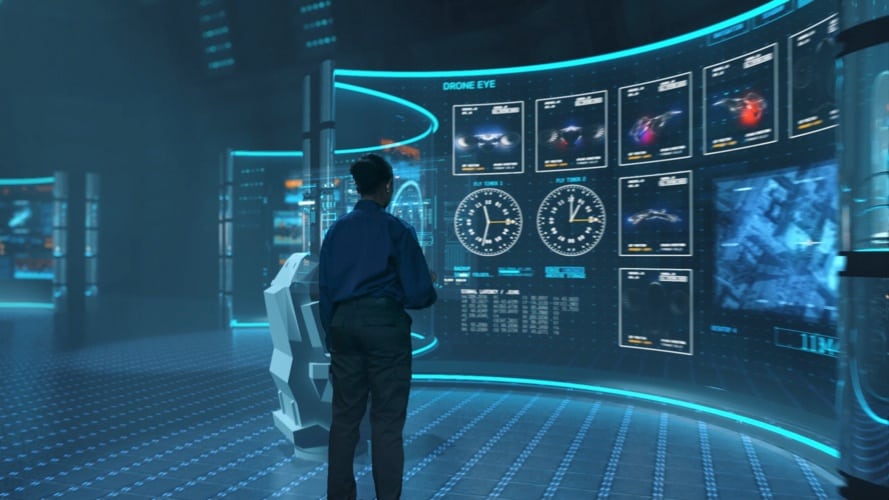AR set to be a cornerstone of BAE’s future naval combat systems
BAE Systems has unveiled a host of the new technologies for future naval combat, including AR (augmented reality) glasses for the watch officer on the bridge.

At a media briefing in London on November 22, 2019, the company provided details on the AR system currently under development, as well as a demonstration of the technology in action. According to Frank Cotton, BAE’s head of Technology for Naval Combat Systems, it could be ready for use by the Royal Navy within 12 months.
“In many ways, augmented reality – in an operational sense – has been a solution looking for a problem,” said Cotton. “Finding a safe and secure way of enabling the technology to add value at a reasonable cost is the challenge we picked up. The use case we’re looking at is for a bridge watch officer.”
The watch officer on the bridge of warships is the person ultimately responsible for the safety of the vessel. While on the bridge, this officer receives audio information from naval personnel in the ship’s operations room, located deep within the heart of the ship. An officer might ask for positional, heading or identification data relating to a specific object or vessel in his or her field of view. This will be duly provided by the ops team, the officer getting information to the ear that should match up to what the eye can physically see.
Register now to continue reading
Thanks for visiting The Engineer. You’ve now reached your monthly limit of news stories. Register for free to unlock unlimited access to all of our news coverage, as well as premium content including opinion, in-depth features and special reports.
Benefits of registering
-
In-depth insights and coverage of key emerging trends
-
Unrestricted access to special reports throughout the year
-
Daily technology news delivered straight to your inbox








Water Sector Talent Exodus Could Cripple The Sector
Well let´s do a little experiment. My last (10.4.25) half-yearly water/waste water bill from Severn Trent was £98.29. How much does not-for-profit Dŵr...